Gwangchi Recreational Forest (광치자연휴양림)
185.63457869895527m 25824 2021-03-25
265, Gwangchiryeong-ro 1794beon-gil, Yanggu-gun, Gangwon-do
+82-33-482-3115
Gwangchi Recreational Forest is located near Gwangchiryeong Pass (alt. 800 meters). The pass encompasses waterfalls and valleys in a dense forest. Gwangchi Tunnel connects the areas of Yanggu and Inje to the East Sea, making the forest a great addition to travel itineraries. The recreational area serves as a retreat for residents and helps to support the local economy through tourism.
Yanggu Eco-Botanical Garden (양구생태식물원)
5.6 Km 25502 2022-08-18
169, Sumgol-ro 310beon-gil, Yanggu-gun, Gangwon-do
+82-33-480-7391
First opened in June 2004, Yanggu Eco-Botanical Garden was built on a total area of 189,141 ㎡. Nearly 3.1 billion Korean won (approximately 3 million USD) was spent on the construction and it was built to be developed into a South and North Korean ecosystem restoration center. Located in the northernmost region of South Korea, it houses more than 400 rare plants including plants that are Korean native species and protected by Korean Ministry of Environment.
The garden is divided into six parts by their features including a botanical garden, natural forest, and facilities zone. In the botanical garden, rare plants such as northern native plants and alpine plants that are naturally grown in the demilitarized zone (DMZ) and Yanggu area are displayed in one place.
There are also walking trails, a medicinal plants exhibition hall, plant nursery, and greenhouse. To add a natural and lively touch to the garden, a mountain stream zone and wetlands zone were prepared to provide people with the chance to enjoy the pleasant sound of running water.
Yanggu Prehistory Museum (양구선사박물관)
7.5 Km 26046 2022-08-18
439-52, Geumgangsan-ro, Yanggu-gun, Gangwon-do
+82-33-480-7220
Yanggu Prehistory Museum displays artifacts from the Paleolithic Age found in Sangmuryong-ri, Yanggu-eup and the Neolith Age discovered in Hyeon-ri, Haean-myeon. It is the first prehistory museum in the nation and aims to teach visitors about Korean prehistoric culture in a manner easy to understand.
Paroho Lake (Yanggu) (파로호(양구))
7.9 Km 20844 2021-11-30
545, Ha-ri, Yanggu-gun, Gangwon-do
+82-33-480-2531
Paroho Lake is a manmade lake that was completed in 1943. The lake was created due to the construction of a hydraulic power plant in Hwacheon during Japanese colonial period. The name was given after President Syngman Rhee designated a plaque in his own handwriting naming the body of water ‘Paroho Lake’ during the Korean War after a victorious feat in a battle against the Chinese army. The power plant has a generation capacity of 105,000 kilowatts, and the lake is one of the top fishing grounds in Korea as it is abundant in freshwater fish.
The area boasts several splendid views and a former president built his country home on the lake. Relics from the Stone Age and New Stone Age were found to be well preserved in the area. Twenty-one dolmens were found on the lake grounds, as well as 4,000 pieces of Prehistoric relics used during Paleolithic age, drawing interest from the academic field. Recently, habitats of mandarin ducks, a national natural monument, were found near the Paroho lakeside.
Yongneup Marsh of Daeamsan Mountain (Gangwon Peace Area National Geopark) (대암산 용늪 (강원평화지역 국가지질공원))
8.5 Km 25048 2024-02-22
1106-27 Geumgang-ro, Seohwa-myeon, Inje-gun, Gangwon-do
Daeamsan Mountain is a rugged peak composed of rocks, reaching an altitude of 1,304 meters from the foothills to the summit. Formed in the hilly area on the southwest slope, Yongneup Marsh harbors both northern and southern plant species, housing various rare flora and fauna amidst its exceptional natural landscape. Exploring the ecology of Yongneup Marsh is possible through guided tours, including the Seoheung-ri course (three times a day, five hours) and the Gaa-ri course (once a day, three hours). Identification is required, and reservations are mandatory, with the presence of guides accompanying visitors.
Center of Korea Observatory (국토정중앙천문대)
8.9 Km 14777 2021-08-12
127, Guktojeongjungang-ro, Yanggu-gun, Gangwon-do
+82-33-480-2586
The Center of Korea Observatory in Yanggu-gun is named for its location at the center of the Korean Peninsula. It is equipped with an 80-centimeter reflecting telescope. There is also an exhibition hall providing the most recent astronomy news, a planetarium showing the night sky, and a range of hands-on programs.
Yanggu Center Festival (국토정중앙 양구 배꼽축제)
8.9 Km 14932 2022-12-28
366-33, Parksookeun-ro, Yanggu-gun, Gangwon-do
• 1330 Travel Hotline: +82-2-1330 (Korean, English, Japanese, Chinese) • For more info: +82-33-482-9172
Held at the center of the Korean Peninsula, the Yanggu Center Fesitval is the main summer festival of Yanggu-gun. The festival takes place around Seocheonbyeon Leports Park.
Youth Yanggu Gomchwi Green Festa (청춘양구 곰취축제)
8.9 Km 42737 2024-04-25
Sang-ri, Yanggu-eup, Yanggu-gun, Gangwon-do
+82-10-2708-9172
Youth Yanggu Gomchwi Green Festa takes place in May and celebrates gomchwi, an edible wild green that grows in abundance in Yanggu. The green grows high in the mountains and is said to be favored by bears, giving it it's name ("gom" means "bear" in Korean). Gomchwi is highly sought out for its various medicial benefits.
Park Soo Keun Museum (박수근미술관)
9.5 Km 11099 2022-12-23
265-15, Parksookeun-ro, Yanggu-gun, Gangwon-do
+82-33-480-7226
Park Soo Keun (1914-1965) was an artist who devoted his life to drawing the lives of ordinary people with a warm gaze. The Park Soo Keum Museum, which has a floor space of 700 square meters, is built upon the artist’s birthplace in his hometown in Yanggu-gun, Gangwon-do. The museum was founded with the intent to develop into a major cultural space for the region and to honor Park Soo Keun’s life and art. The collection of Park Soo Keun’s artworks shown at the museum include his oil paintings, a number of prints such as "The Tree and Two Ladies" and "Tapdori," watercolor painting "Watercolors," and dozens of other drawings.
INJE HOTEL [Korea Quality] / 인제호텔 [한국관광 품질인증]
11.7 Km 144 2019-12-06
4, Inje-ro 187beon-gil, Inje-gun, Gangwon-do
+82-10-5215-1551
Located in Inje-eup, Inje Hotel has 36 rooms in a building with 7 floors above the ground and 2 floors in the basement. In addition to 22 regular rooms, there are VIP Room, large Ondol Room, and Special Room that can be used by different numbers of people and for various occasions. The VIP Room is a twin room equipped with a sofa and table. There is a communal shower facility outside the room that can be used when the bathroom en suite is occupied. There is a Korean restaurant on the first floor. The flower bed and tea table outside the first floor is a great place to rest. A free fax machine and a vending machine for beverage and ramen are located in the lobby. There is also a water purifier with hot water and a microwave that can be used to prepare snacks. Brewed coffee is available all the time. You can have an unobstructed view of Inje town in the lounge on the 7thfloorofthehotel.
Being near the Inje Intercity Bus Terminal, Inje Hotel gives a good access to public transportation and tourist attractions such as Inje Mountain Village Folk Museum, Inje Culture & Welfare Center, and Inje Theme Park which are located within 1km from the hotel.
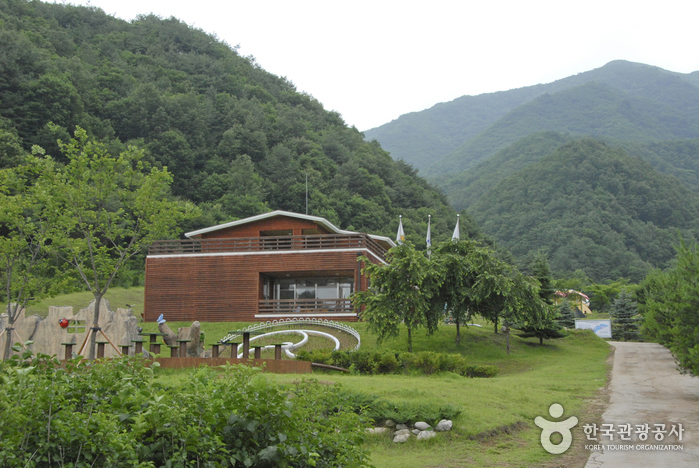
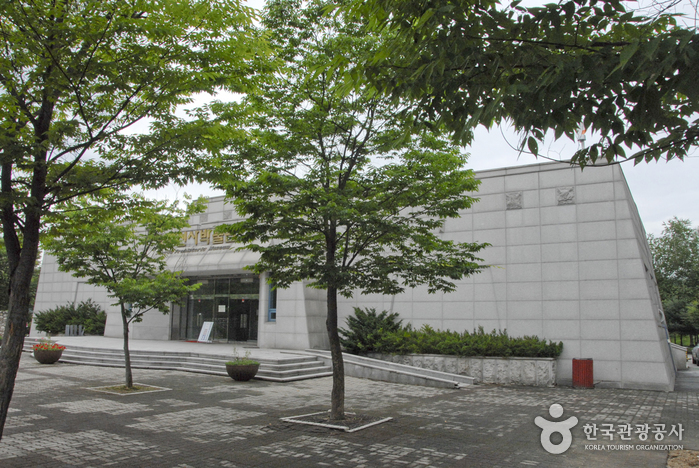
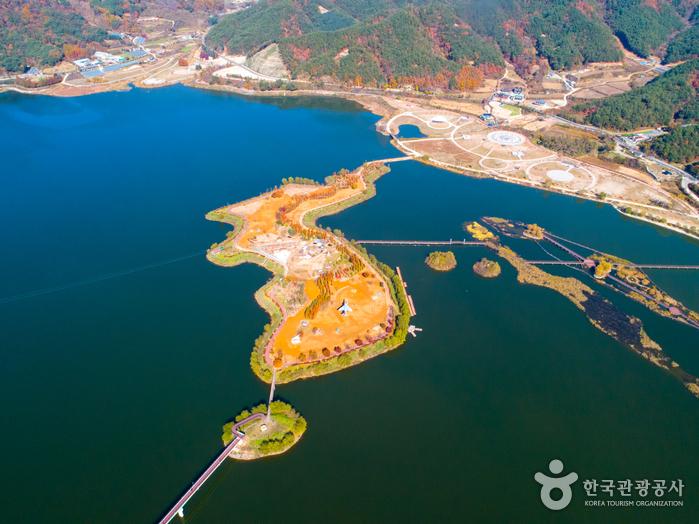

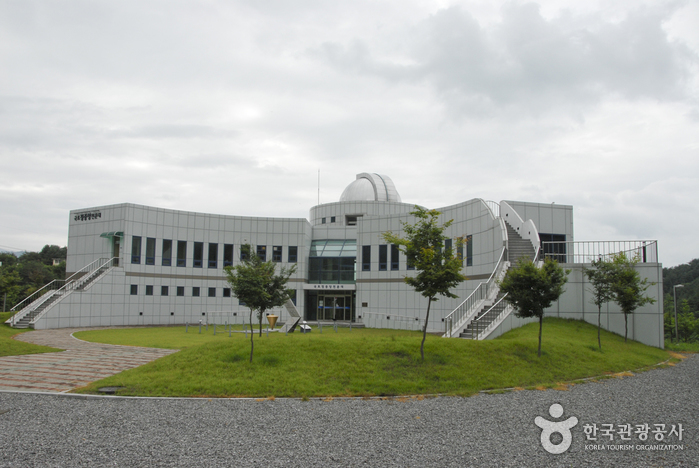
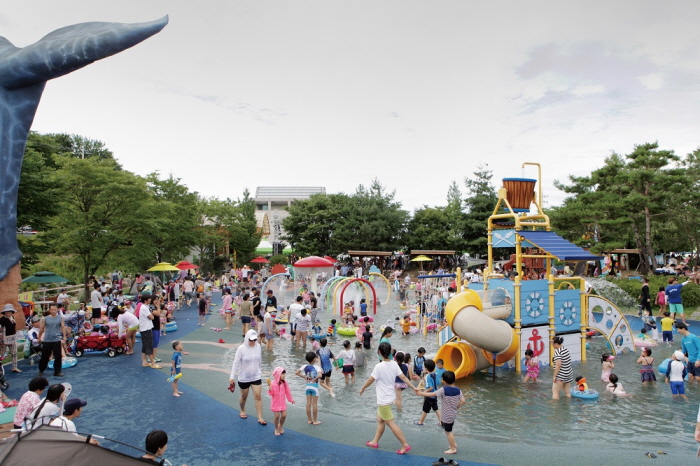
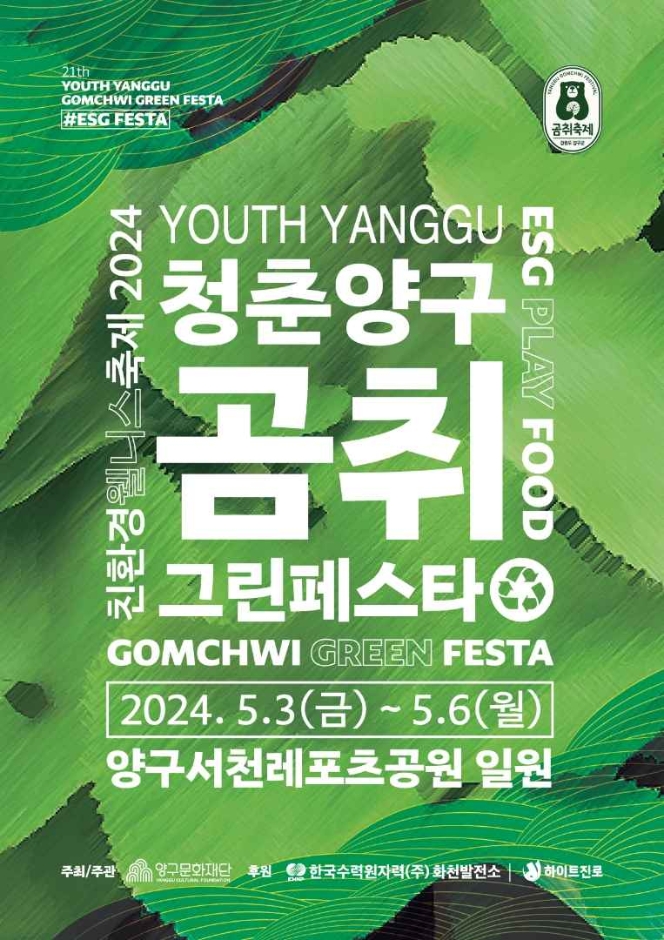
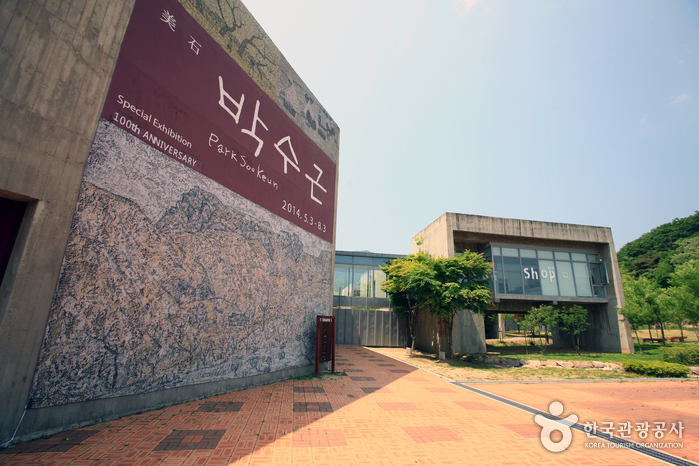
![INJE HOTEL [Korea Quality] / 인제호텔 [한국관광 품질인증]](http://tong.visitkorea.or.kr/cms/resource/42/2634742_image2_1.jpg)
 English
English
 한국어
한국어 日本語
日本語 中文(简体)
中文(简体) Deutsch
Deutsch Français
Français Español
Español Русский
Русский